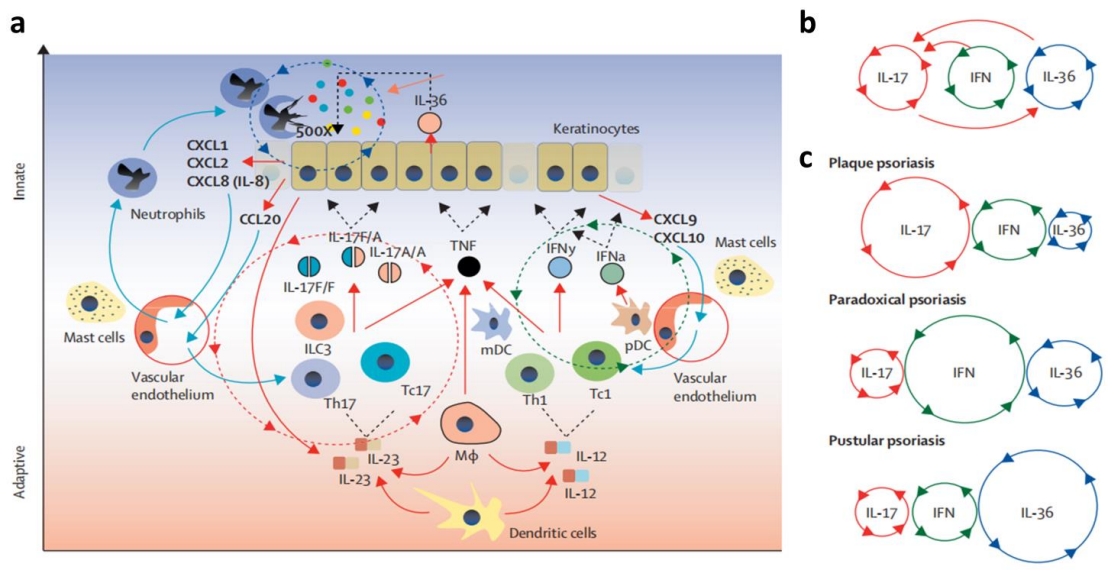
Asia Pacific Academy of Science Pte. Ltd. (APACSCI) specializes in international journal publishing. APACSCI adopts the open access publishing model and provides an important communication bridge for academic groups whose interest fields include engineering, technology, medicine, computer, mathematics, agriculture and forestry, and environment.

INHIBITING FOCAL ADHESION KINASE (FAK) REDUCES THE GROWTH OF UVEAL MELANOMA GNAQ/GNA11-MUTATED CELLS BY TARGETINGTHE PI3K/AKT/MTOR PATHWAY
Vol 32, Issue 4S1, 2018
Abstract
Uveal melanoma (UM) represents the most common intraocular malignancy in adults andapproximately 50% of patients develops metastatic disease. The new genomic sequencing technologies onUM tumors allowed to identify mutations in the Gq alpha subunits GNAQ and GNA11. These mutationsappear in a mutually exclusive manner and are consequently of prognostic importance (Van Raamsdonket al., Nature 2009). FAK (focal adhesion kinase) is a cytoplasmatic tyrosine kinase localized at thesites of cell adhesion to the extracellular matrix. FAK is overexpressed in several tumors and mediatesdiverse signaling promoting cancer growth and metastasis. To date, it has been considered as a potentialtarget for cancer therapeutics (Sulzmaier et al., Nat Rev Canc 2014).
References
Supporting Agencies
Copyright (c) 2018 D.C. RIGIRACCIOLO, X. FENG, R. LAPPANO, M. MAGGIOLINI, J.S. GUTKIND

This site is licensed under a Creative Commons Attribution 4.0 International License (CC BY 4.0).

Medical Genetics, University of Torino Medical School, Italy

Department of Biomedical, Surgical and Dental Sciences, University of Milan, Italy

